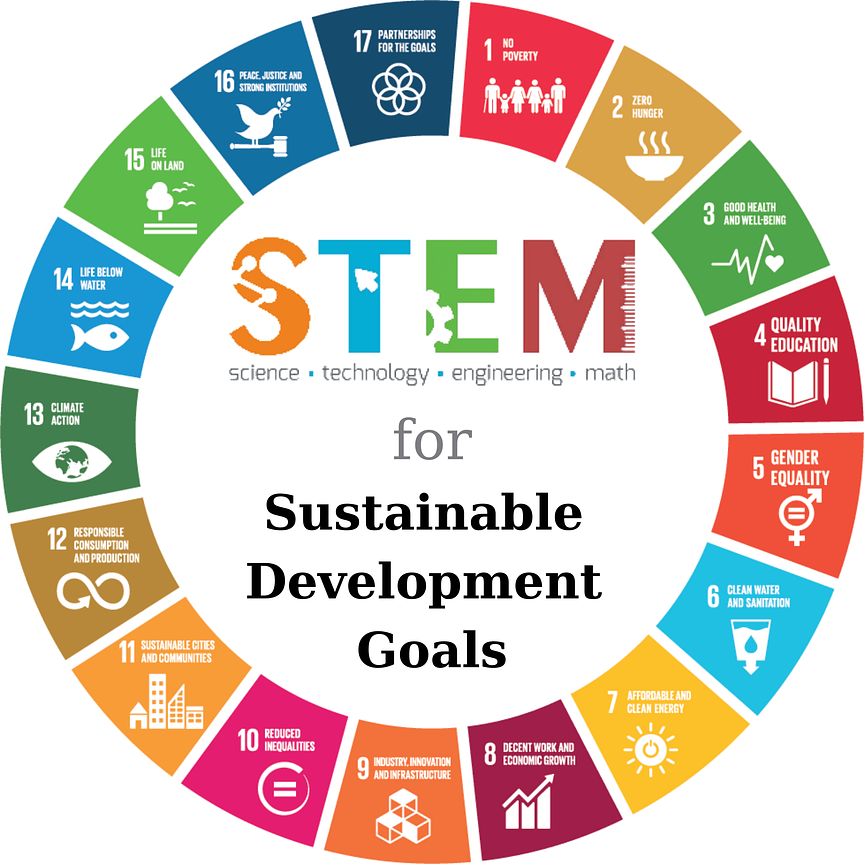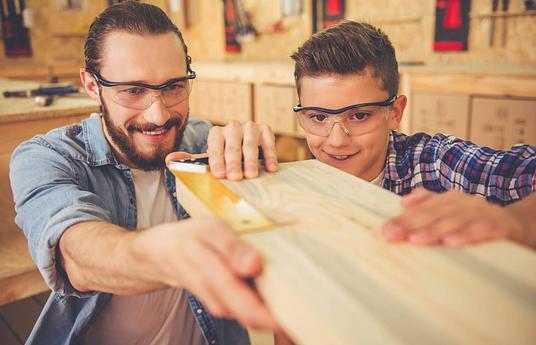The world has until 2030 to deliver on the SDG promise. For this, we must ensure that students prioritize sustainable development in their lifestyles, behaviours, education and professional careers. For this reason, human skills cannot be developed without quality education, and it is not possible to reach SDG without developing human skills.
On certain days and weeks determined by the United Nations, With the sustainable development goals competency program for children, which we have prepared in the fields of cognitive, social-emotional and behavioral learning related to 17 global problems, students are given global problems with learning scenarios. Students are asked to produce solutions through design thinking and STEM education.
The OECD seeks answers to two questions with the Future of Education and Skills 2030 Project.
1. What knowledge, skills, attitudes, and values will today's students need to develop and shape the world?
2. How can instructional systems effectively develop these knowledge, skills, attitudes and values?
We started with the 2030 Agenda for Sustainable Development, which was adopted by the UN General Assembly on 25 September 2015, to aim to develop knowledge, knowledge, awareness and action among students on these issues. With the curriculum we created, it has spread with the Global Sustainable Futures community through the Partnerships Network, a global networking platform for capacity building for sustainability and leadership in SDGs.
You can use our sustainable development goals competency program for children, which consists of 251 achievements, 92 concepts and 68 creative activities.



